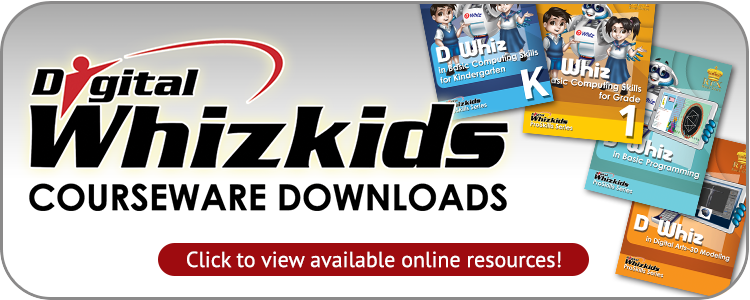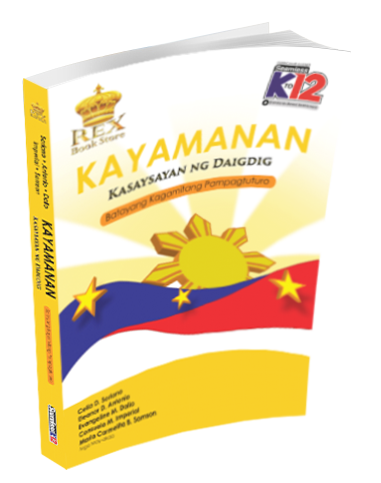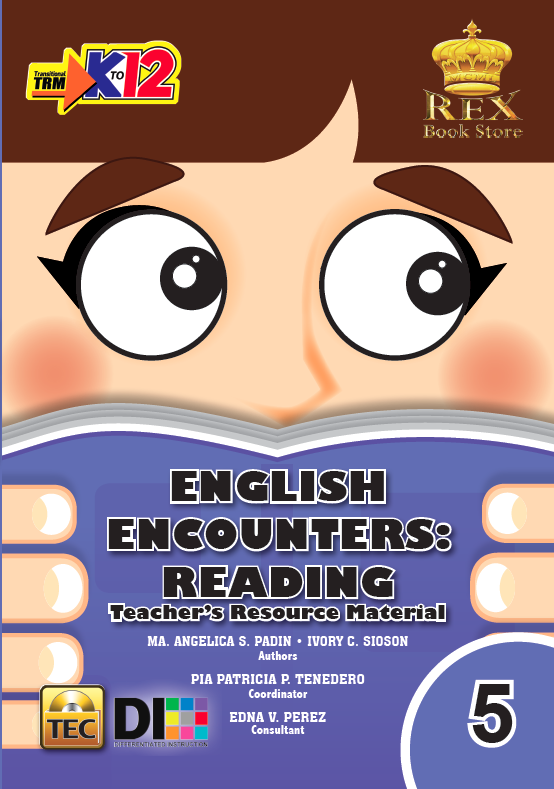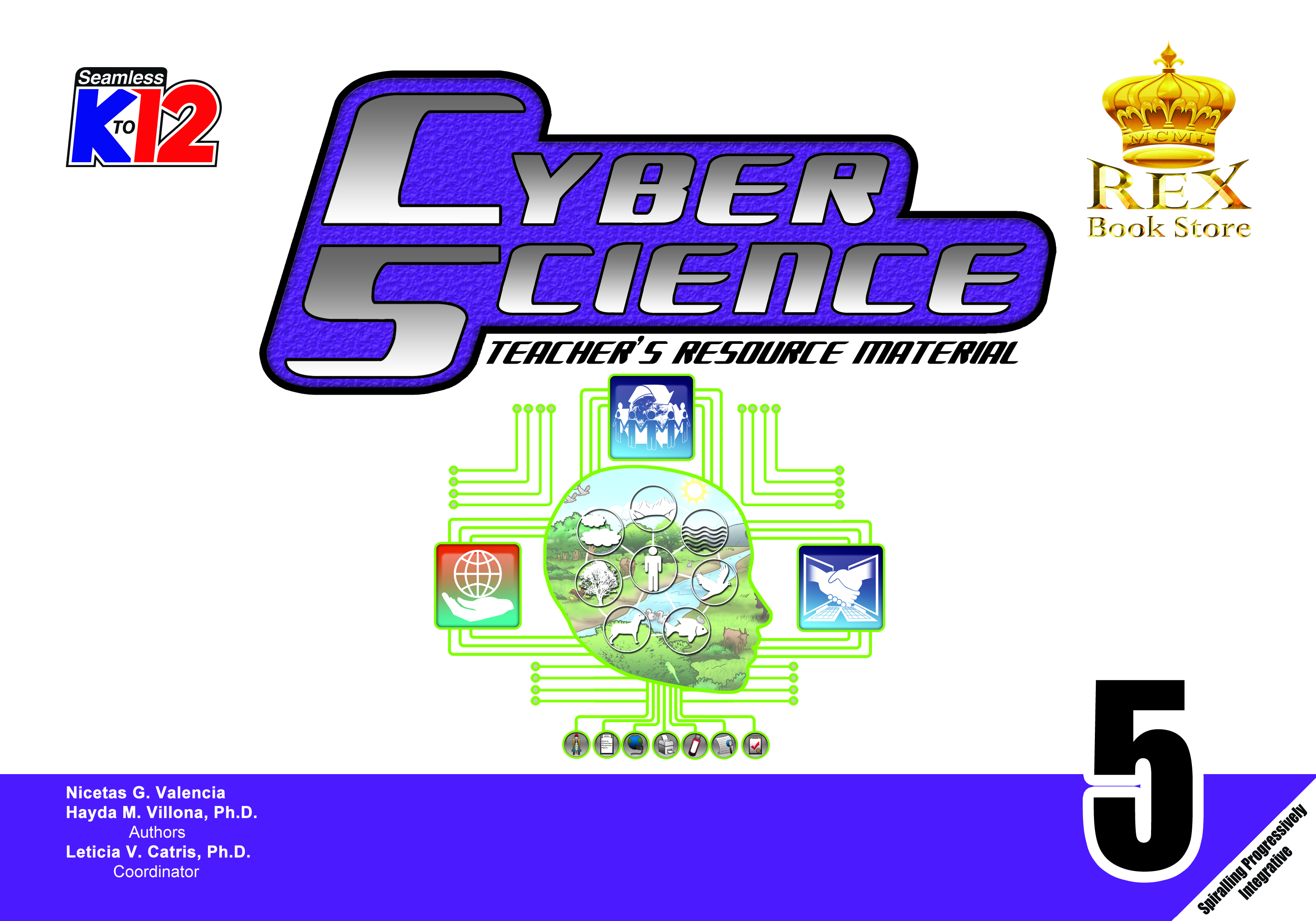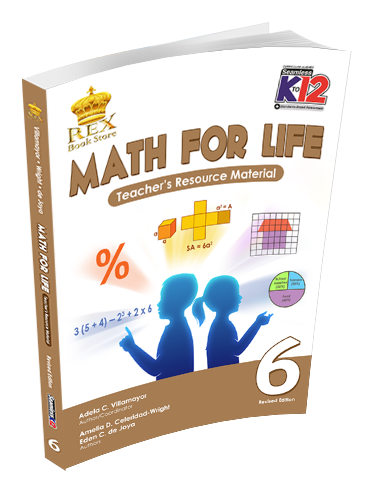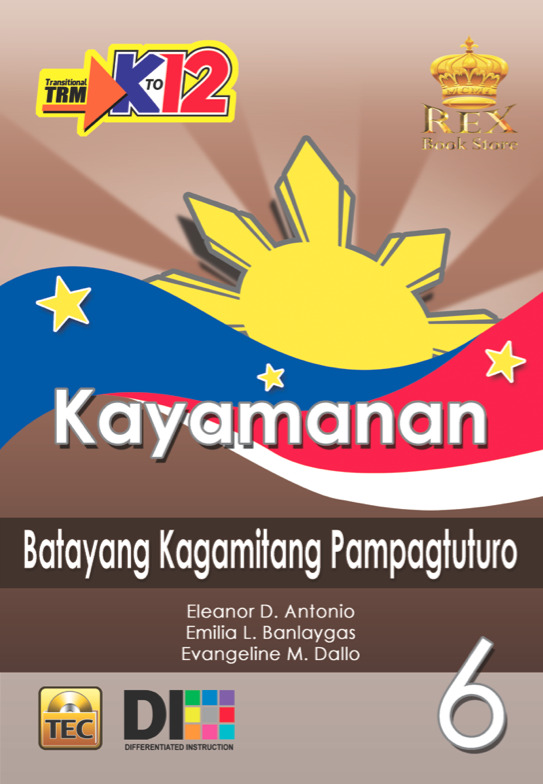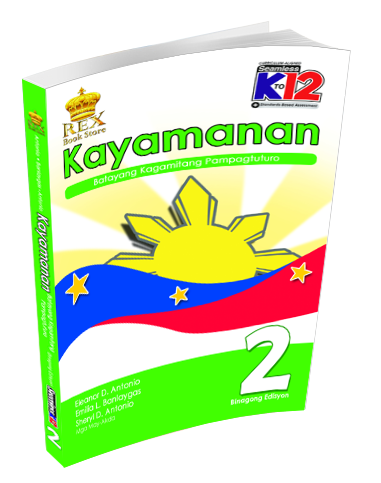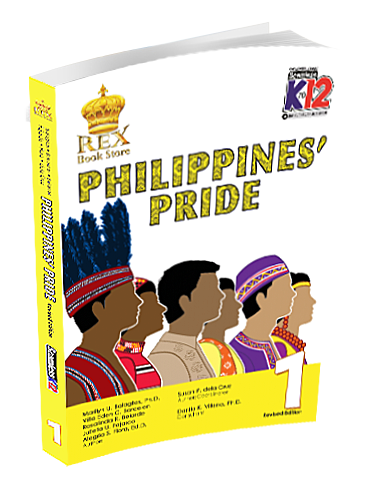Downloads
The New Science Links 5
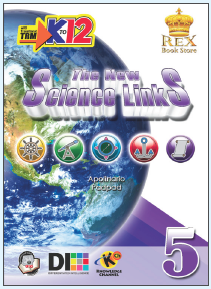 A series intended for Grades 1-6 which aims to develop
appreciation for Science by focusing on its applications to
real life.
A series intended for Grades 1-6 which aims to develop
appreciation for Science by focusing on its applications to
real life.
Filter IMs by :
Chapter 0
Lesson 0
Chapter 1
Lesson 1
Topic 1

The presentation discusses the reproductive system. It differentiates the reproductive organs found in males and females as well as the differences between both sexes.

The activity tasks the pupils to illustrate the reproductive systems of both males and females.
Lesson 2
Topic 1

This episode describes the different reproductive organs of the body and the processes that humans go through in reproduction.
Lesson 3
Topic 4

The activity requires the pupils to illustrate, through a comic strip, ways on properly taking care of the reproductive system.
Topic 5

The pupils need to answer why we need to take care of our reproductive organs. Through an illustration, they would show their answer.
Topic 6

The activity tasks the pupils to illustrate ways on how to properly take care of the male and female reproductive organs.
Chapter 2
Lesson 1
Topic 1

The presentation discusses the different parts of the respiratory system, their functions, and how they work together.It develops familiarity and understanding of the different organs belonging in the respiratory system.
Topic 7

An illustration of the respiratory system is given and the pupils need to identify the parts.
Topic 8

The pupils will need to illustrate the respiratory system and identify the function of each part.
Topic 10

This experiment will be an illustration of how the lungs take in and expel air.
Lesson 2
Topic 1

The presentation shows a number of respiratory system ailments and ways of prevention. With this presentation, pupils will be able to identify the ailments related to the respiratory system and ways of preventing them.
Topic 11

The pupils will need to paste cut-outs of the things that may cause respiratory ailments and how they cause diseases.
Chapter 3
Lesson 1
Topic 1

The presentation discusses the different parts of the urinary system, their functions, and how they work together for the body to function properly.

This episode explores the urinary system and its major parts. It further describes how urine is formed in the body and how it is eliminated.
Lesson 2
Topic 1

The presentation shows common ailments related to the urinary system and possible ways of preventing them.
Topic 19

The pupils need to get cut-outs of activities that promote healthy practices for the urinary system.
Chapter 4
Lesson 1
Topic 1

The presentation shortly defines what are carnivorous animals and insects and shows examples. It also discusses characteristics of the examples of carnivorous animals.

The presentation shows different types of fishes (as vertebrates) and examples for each. It also shows the internal organs of a fish.

The presentation shows different kinds of herbivores and their examples. It also discusses characteristics of some of these herbivores.It develops familiarity with the kinds of fishes.

The presentation discusses the different characteristics of birds as well as their classification.The development of the lesson is patterned with how teachers teach the lesson.

The presentation discusses the different types of mammals and their diets. It also presents some interesting facts about mammals.The development of the lesson is patterned with how teachers teach the lesson.

This episode identifies the characteristics of vertebrates. It also explains what happens to the spinal cord or backbone when injured through a fall.
Topic 31

The pupils are tasked to paste cut-outs of the different kinds of coral reefs.
Lesson 2
Topic 21

The activity contains pictures of different animals and insects. The pupils will need to identify each and where they can be found in the environment.
Topic 23

The activity contains illustrations of different kinds of animals. The pupils will need to identify the kind of food each animal eats and how they are able to eat their food.
Chapter 5
Lesson 1
Topic 1

This episode tackles all about the plant tissues. Plant are compose of the three major organ groups the roots, stems, and leaves. These organs are comprised of tissues working together for a common goal.
Lesson 2
Topic 1

The episode talks about photosynthesis as a process that converts carbon dioxide into organic compounds, especially sugars, using energy from the sun. It occurs in plants, algae, and many species of bacteria, but not in Achaea.
Topic 41

The activity is a simple experiment where pupils will be able to realize the needs of plants for photosynthesis.
Lesson 3
Topic 39

The activity contains a table that the pupils need to fill out. They have to give examples of a given adaptation condition of plants.
Lesson 4
Topic 1

This episode focuses on the ecosystem specifically on it being self-regulating and self- perpetuating, and its carrying capacity, maximum sustainable yield, waste assimilative capacity, and natural enemies. It also covers mangroves and their importance.

This episode explains the Basic Units of Ecology, Components of Ecosystem including Ecological communities, Ecological habitats and Ecological niches. This will also cover the Philippine Forest Formations.
Chapter 6
Lesson 3
Topic 42

The activity is a 5-item multiple choice on changes in matter.
Topic 43

The activity is a 10-item identification exam on the type of change exhibited by the examples.
Topic 44

The activity is a 10-item test of identifying jumbled words and describing them.
Topic 46

The activity is a graphic organizer where pupils can write the evidences of physical and chemical changes.
Chapter 7
Lesson 2
Topic 47

The activity allows pupils to make charge particles leading to the generalization of static electricity and its effects.
Topic 48

The activity makes pupils create parallel and series connections using battery, wires, socket, and bulbs.
Topic 49

The activity makes pupils explore possible conditions that allow electricity to flow.
Topic 50

The activity allows pupils to explore heat and light using electric bulbs and electric fans.
Topic 51

The activity gives pupils a chance to answer the question, what changes happen to all electrical appliances because of electricity.
Topic 52

The activity gives step by step instructions for pupils in creating an electric magnet using dry cell, clips, copper wirings, and magnets.
Topic 53

The activity asks pupils to complete the table with appropriate illustrations and explanation for each safety precautions in using electricity.
Lesson 3
Topic 54

The activity lets pupils label each part of different parts of simple machines.
Topic 55

The activity asks pupils to identify common simple machines in the community.
Topic 56

The activity allows pupils to tell whether the illustrated simple machine is a force or a speed multiplier.
Topic 57

The activity asks pupils to make warning symbols for each safety precaution in handling simple machines.
Chapter 8
Lesson 2
Topic 61

The activity introduces the concept of weathering by allowing pupils to explore and sketch their observations on structures that have weathered.
Topic 62

The activity illustrates examples of physical and chemical weathering and asks pupils to reason out and identify the kind of weathering that transpired in the illustration.
Lesson 3
Topic 65

The activity challenges pupils to label and describe the process of water cycle as illustrated in the activity sheet.
Topic 67

The activity allows pupils to observe and measure temperature of sand and water.
Lesson 5
Topic 69

The activity illustrates and identifies where typhoons that hit the Philippines come from.
Topic 71

The activity is a completion type test where pupils are asked to match the diagrams with the storm signal and provide explanations for them.
Topic 72

The activity elicits pupils existing safety rules in case of emergency. It also requires them to provide illustration for each safety rule.
Topic 73

The activity capitalizes on pupils’ creativity and asks them to create slogans in saving the environment and preventing floods.
Chapter 9
Lesson 1
Topic 74

The activity is a review material where pupils will need to accomplish a table regarding names and descriptions of each planet.
Topic 75

The activity provides a opportunity for pupils to simulate the orbits of planets by using common school materials (cardboard, marker, string, etc.)
Topic 76

The activity allows pupils to perform a simple investigation that will lead to the concept of gravity and movement of the planets around the sun.


